Edmund de Waal to stage architectural intervention in LA modernist masterpiece
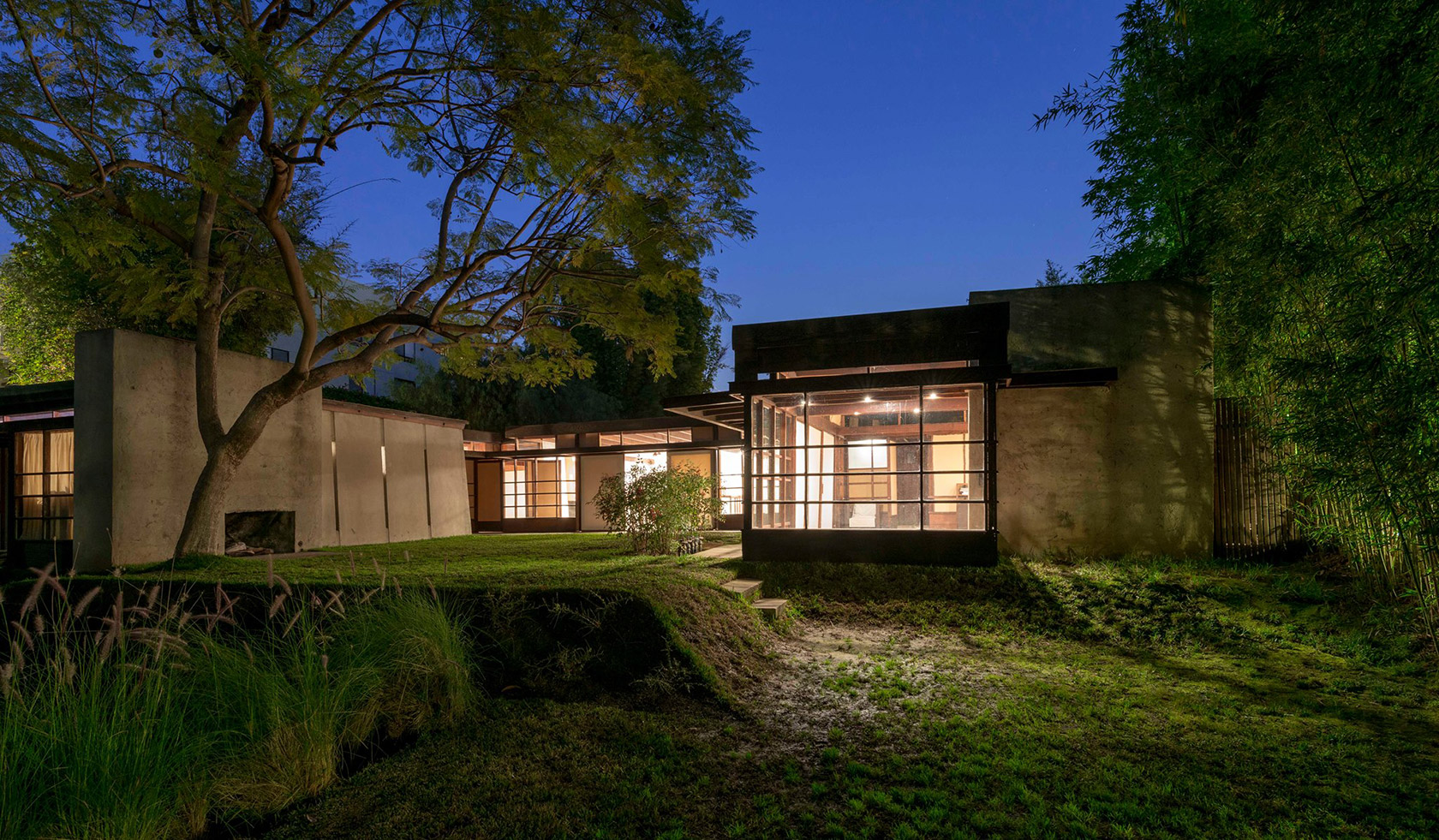
When West Hollywood’s Schindler House was conceived in 1922, it proposed a radical, Bauhausian mode of dwelling for Los Angeles – remarkable not for what it had, but for what it didn’t. It cracked convention by doing away with defined living spaces, favouring a modular format, ultimately a prototype designed for two young families to coexist seamlessly.
From 15 September, the residence – now home to the MAK Center for Art and Architecture – will once again become a new form of dwelling, this time for the work of Edmund de Waal as he stages his first architectural intervention in the US. But the British artist is no stranger to the allure of the so-called Kings Road House.
‘I’ve had a photograph of the Schindler on my wall for about 20 years,’ he told Wallpaper* in 2016 in the run up to ‘ten thousand things’, an exhibition featuring hundreds of black-glazed vessels married with lumps of raw material housed nine miles down the road in Gagosian’s Beverly Hills gallery. The show paid homage to American composer and music theorist John Cage, and a six-month residency he undertook at Schindler House in the early 1930s. (At the time, the home was ‘the focus of constant social gatherings’ in LA’s creative community, with the likes of Frank Lloyd Wright and Edward Weston drifting through.)
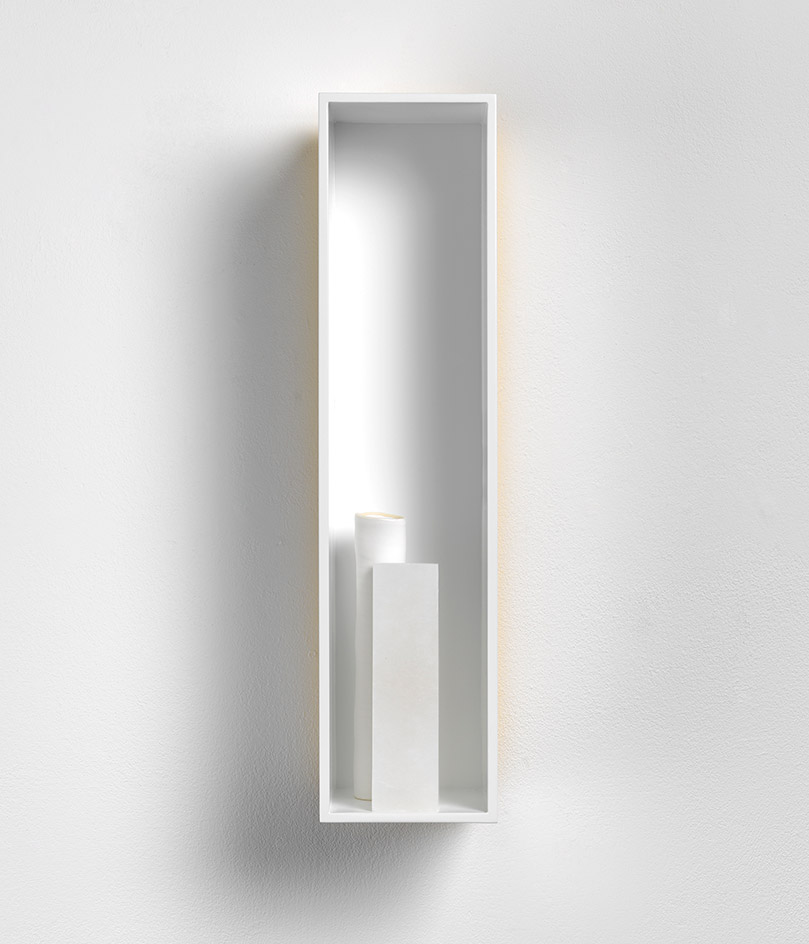
Schindler, 2018, by Edmund de Waal, porcelain vessel and alabaster block in a gilded aluminium vitrine
Renowned for his large-scale porcelain ‘pot’ installations arranged in clusters with a signature celadon glaze, de Waal has become a key interlocutor between Japanese and Western aesthetic traditions. The forthcoming exhibition, ‘one way or other’, will be a sensorium directly reflecting the Schindler’s integrated environment, materiality and spirit. A soundscape conceived in collaboration with composer Simon Fisher Turner will accompany an array of the artist’s most recent creations.
For the architect Rudolph Schindler, the most important question was ‘whether a house is really a house’; this meant countering ostentatious décor and soulless mass-manufacturing methods. To wit, the house was conceived in a shared vision with his then-wife, Pauline, as a striking commentary on the art of living through the use of few materials. Underappreciated in his time, the pioneer of 20th-century modernist architecture created experiential spaces that exceeded the sum of their minimal parts.
The purpose of Schindler’s space, says de Waal, was ‘to reset the conditions in which a modern family could live and experiment’. The exhibition will see de Waal tap further into the architect’s ethos, exploring the boundaries of revisionist domesticity almost a century after the pioneering house was realised.
INFORMATION
‘one way or other’ is on view at the Schindler House from 15 September – 6 January. An exhibition of works by Edmund de Waal, ‘the poems of our climate’, is on view at Gagosian San Francisco from 20 September – 3 November. For more information, visit the MAK Center for Art & Architecture website and the Gagosian website
ADDRESS
Schindler House
835 North Kings Road
West Hollywood
Los Angeles CA 90069
Wallpaper* Newsletter
Receive our daily digest of inspiration, escapism and design stories from around the world direct to your inbox.
Harriet Lloyd-Smith was the Arts Editor of Wallpaper*, responsible for the art pages across digital and print, including profiles, exhibition reviews, and contemporary art collaborations. She started at Wallpaper* in 2017 and has written for leading contemporary art publications, auction houses and arts charities, and lectured on review writing and art journalism. When she’s not writing about art, she’s making her own.
-
 Tour the best contemporary tea houses around the world
Tour the best contemporary tea houses around the worldCelebrate the world’s most unique tea houses, from Melbourne to Stockholm, with a new book by Wallpaper’s Léa Teuscher
By Léa Teuscher
-
 ‘Humour is foundational’: artist Ella Kruglyanskaya on painting as a ‘highly questionable’ pursuit
‘Humour is foundational’: artist Ella Kruglyanskaya on painting as a ‘highly questionable’ pursuitElla Kruglyanskaya’s exhibition, ‘Shadows’ at Thomas Dane Gallery, is the first in a series of three this year, with openings in Basel and New York to follow
By Hannah Silver
-
 Australian bathhouse ‘About Time’ bridges softness and brutalism
Australian bathhouse ‘About Time’ bridges softness and brutalism‘About Time’, an Australian bathhouse designed by Goss Studio, balances brutalist architecture and the softness of natural patina in a Japanese-inspired wellness hub
By Ellie Stathaki
-
 Leonard Baby's paintings reflect on his fundamentalist upbringing, a decade after he left the church
Leonard Baby's paintings reflect on his fundamentalist upbringing, a decade after he left the churchThe American artist considers depression and the suppressed queerness of his childhood in a series of intensely personal paintings, on show at Half Gallery, New York
By Orla Brennan
-
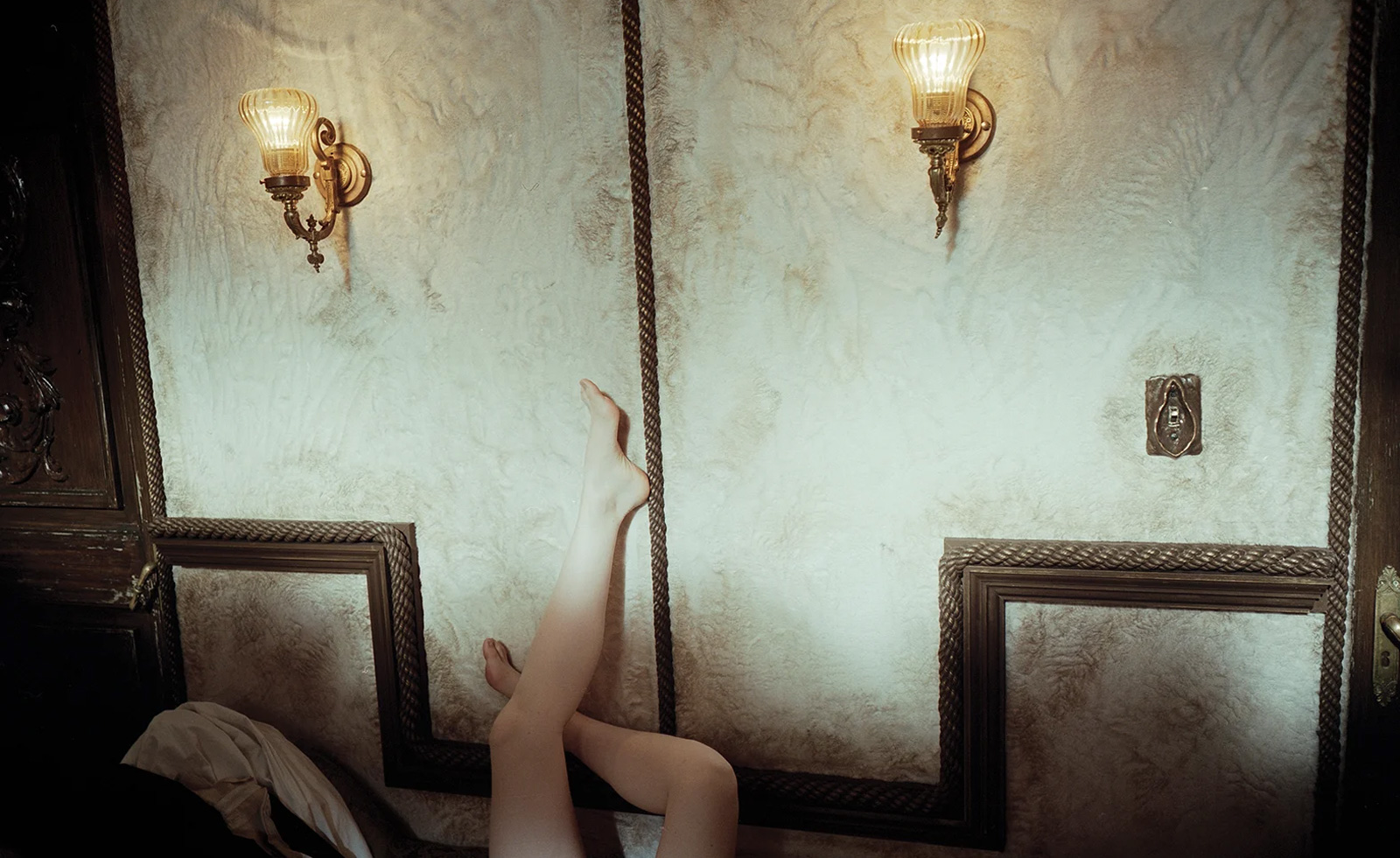 Unlike the gloriously grotesque imagery in his films, Yorgos Lanthimos’ photographs are quietly beautiful
Unlike the gloriously grotesque imagery in his films, Yorgos Lanthimos’ photographs are quietly beautifulAn exhibition at Webber Gallery in Los Angeles presents Yorgos Lanthimos’ photography
By Katie Tobin
-
 Desert X 2025 review: a new American dream grows in the Coachella Valley
Desert X 2025 review: a new American dream grows in the Coachella ValleyWill Jennings reports from the epic California art festival. Here are the highlights
By Will Jennings
-
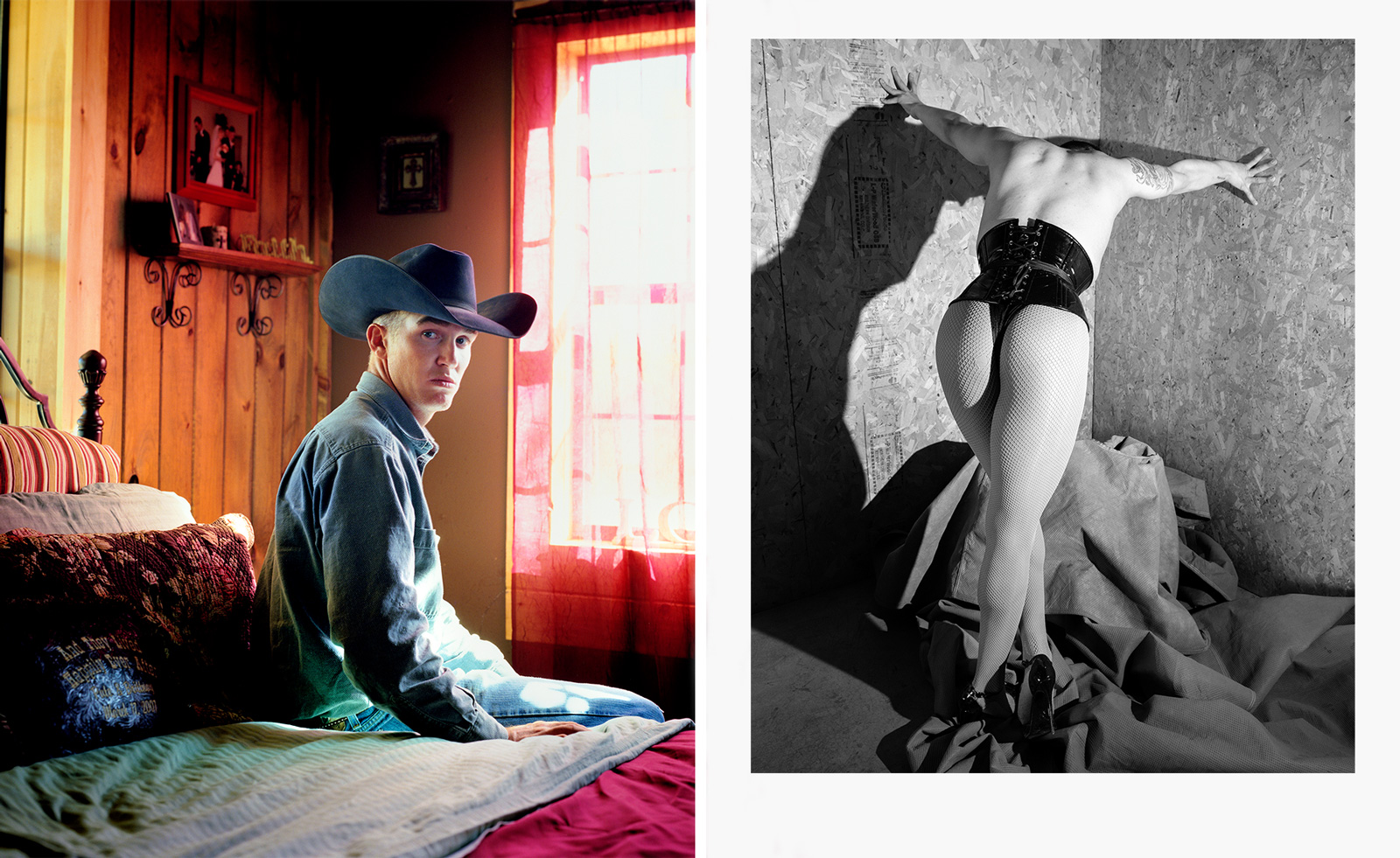 Cowboys and Queens: Jane Hilton's celebration of culture on the fringes
Cowboys and Queens: Jane Hilton's celebration of culture on the fringesPhotographer Jane Hilton captures cowboy and drag queen culture for a new exhibition and book
By Hannah Silver
-
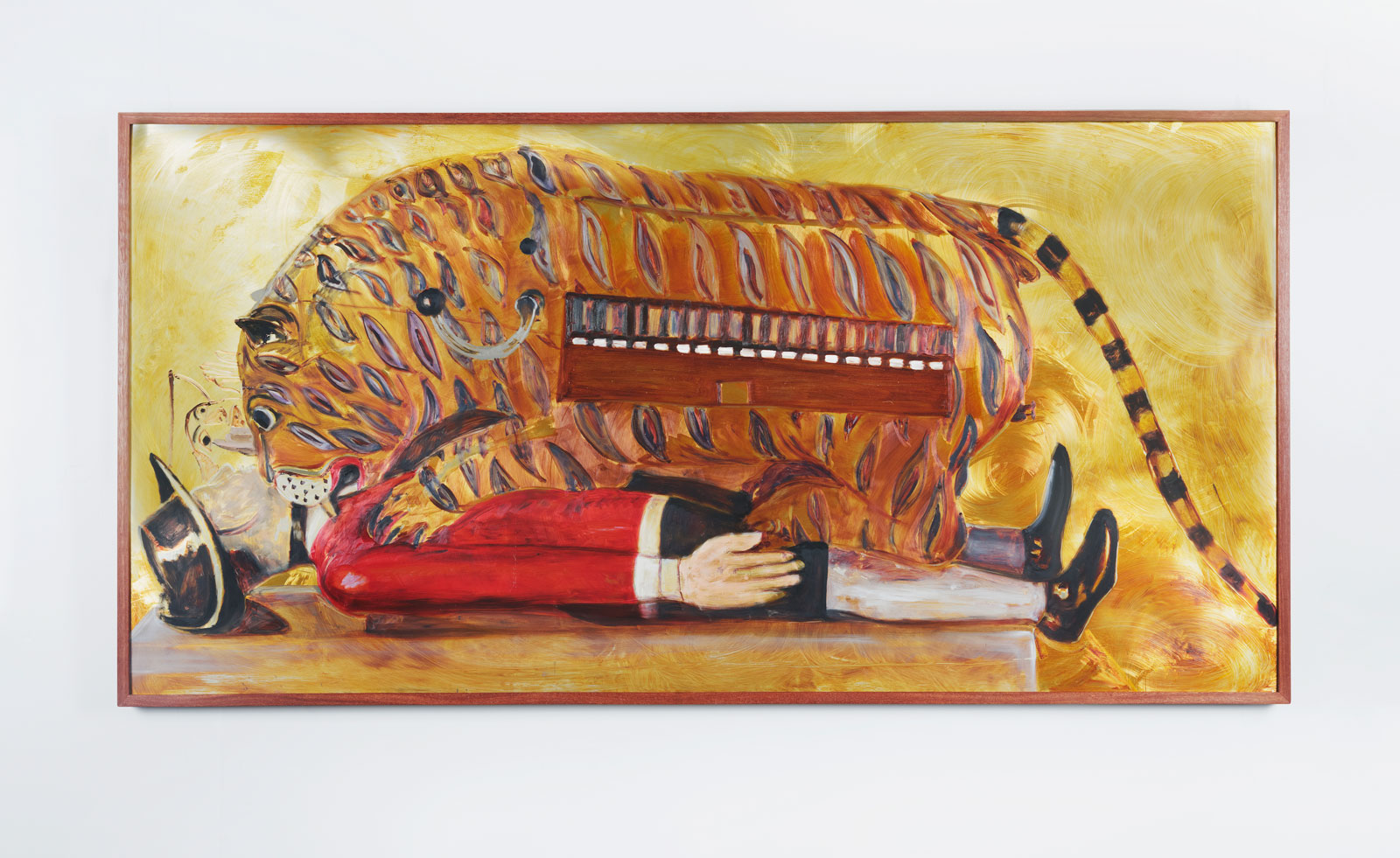 New gallery Rajiv Menon Contemporary brings contemporary South Asian and diasporic art to Los Angeles
New gallery Rajiv Menon Contemporary brings contemporary South Asian and diasporic art to Los Angeles'Exhibitionism', the inaugural showcase at Rajiv Menon Contemporary gallery in Hollywood, examines the boundaries of intimacy
By Aastha D
-
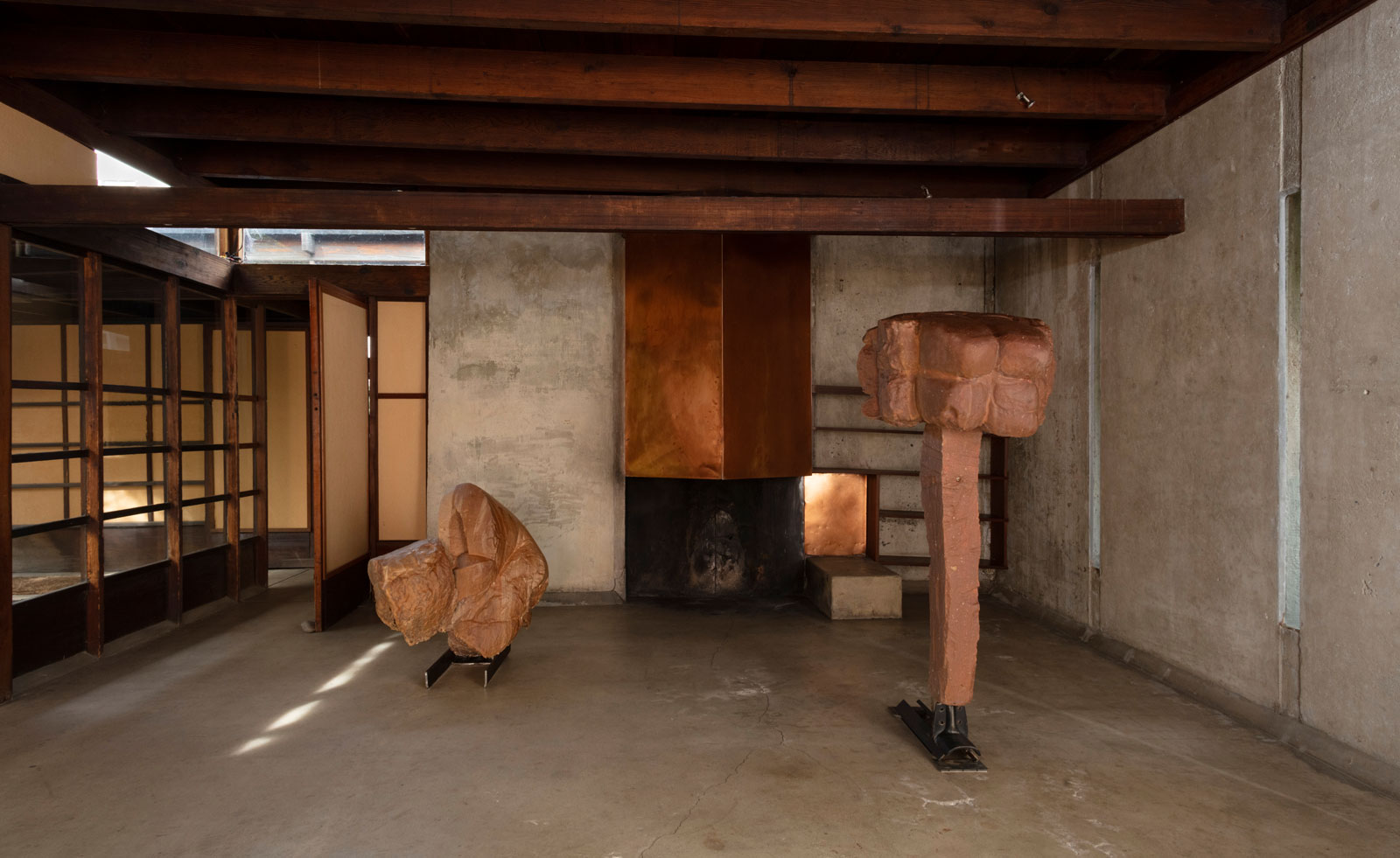 Helmut Lang showcases his provocative sculptures in a modernist Los Angeles home
Helmut Lang showcases his provocative sculptures in a modernist Los Angeles home‘Helmut Lang: What remains behind’ sees the artist and former fashion designer open a new show of works at MAK Center for Art and Architecture at the Schindler House
By Francesca Perry
-
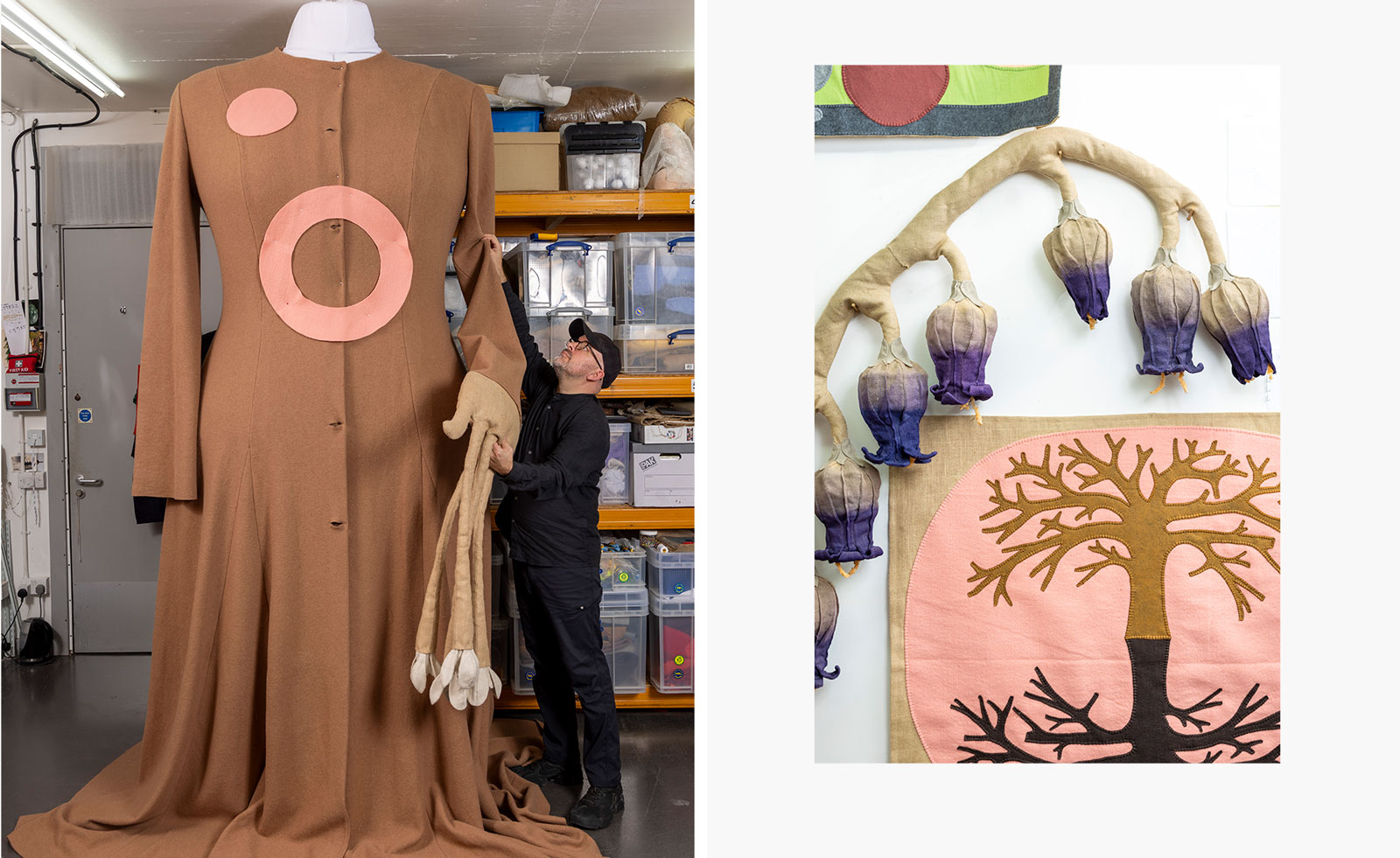 'We need to be constantly reminded of our similarities' – Jonathan Baldock challenges the patriarchal roots of a former Roman temple in London
'We need to be constantly reminded of our similarities' – Jonathan Baldock challenges the patriarchal roots of a former Roman temple in LondonThrough use of ceramics and textiles, British artist Jonathan Baldock creates a magical and immersive exhibition at ‘0.1%’ at London's Mithraum Bloomberg Space
By Emily Steer
-
 In ‘The Last Showgirl’, nostalgia is a drug like any other
In ‘The Last Showgirl’, nostalgia is a drug like any otherGia Coppola takes us to Las Vegas after the party has ended in new film starring Pamela Anderson, The Last Showgirl
By Billie Walker